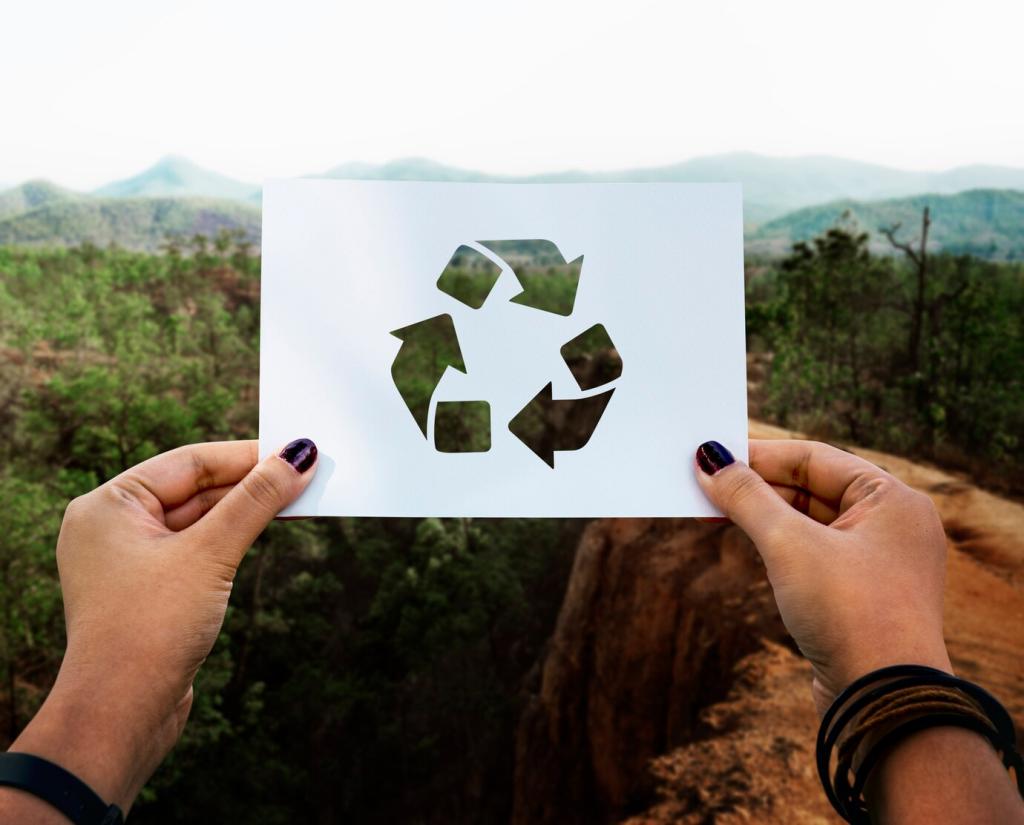Gentle Stain Strategies That Put Preservation First
Blot immediately with a dry, absorbent cloth. Follow with cool distilled water and a minute drop of plant-based soap. Avoid hot water, which sets tannins. If color lifts, stop, dry flat, and reassess under natural light.
Gentle Stain Strategies That Put Preservation First
Gently apply a small amount of eco-friendly corn or arrowroot starch to draw oils out. Let it sit, then vacuum with a brush attachment. If needed, a mild soap solution finishes the job without flooding fibers.




